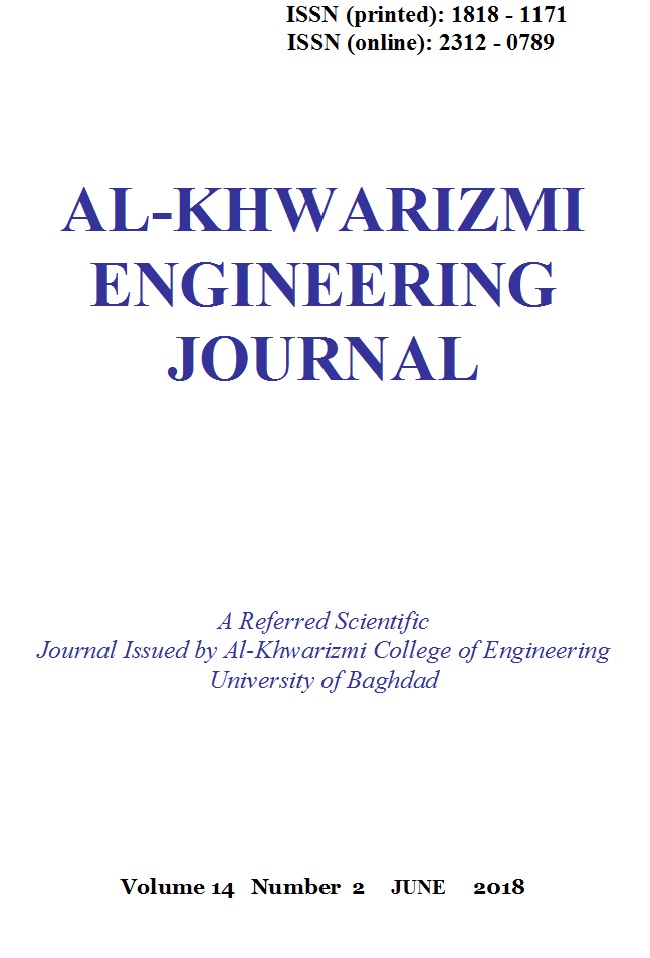Effect Use of Two Chemical Compounds Sodium Nitrate and Sodium Silicate as Corrosion Inhibitor to Steel Reinforcement
DOI:
https://doi.org/10.22153/kej.2018.11.006Abstract
Corrosion of steel reinforcement is one of the biggest problems facing all countries in the world like bridges in the beach area and marine constructions which lead to study these problems and apply some economical solutions. According to the high cost of repair for these constructions, were studied the effect of using kind of chemical compounds sodium nitrite(NaNO2) and sodium silicate(Na2SiO3) as corrosion inhibitors admixture for steel bars that immersed partially in electrolyte solution (water + sodium chloride in 3% conc.) (Approximately similar to the concentration of salt in sea water). The two inhibitors above added each one to the electrolyte solution at concentrations (0.5%, 1% and 2%) for both of them.
The results were corrosion rate for steel sample that's immersed partially in salt solution was higher than corrosion rate of steel bar that's immersed partially in electrolyte solution with inhibitors also the two corrosion inhibitors (sodium nitrite and sodium silicate) that added to the electrolyte solution were working successfully to prevent and inhibit the corrosion by using weight loss technique with best percent of 0.5% sodium nitrite ( efficiency 94.1% ) and best percent of 2% sodium silicate ( efficiency 92.5%).
Downloads
Published
Issue
Section
License
Copyright: Open Access authors retain the copyrights of their papers, and all open access articles are distributed under the terms of the Creative Commons Attribution License, which permits unrestricted use, distribution, and reproduction in any medium, provided that the original work is properly cited. The use of general descriptive names, trade names, trademarks, and so forth in this publication, even if not specifically identified, does not imply that these names are not protected by the relevant laws and regulations. While the advice and information in this journal are believed to be true and accurate on the date of its going to press, neither the authors, the editors, nor the publisher can accept any legal responsibility for any errors or omissions that may be made. The publisher makes no warranty, express or implied, with respect to the material contained herein.
















